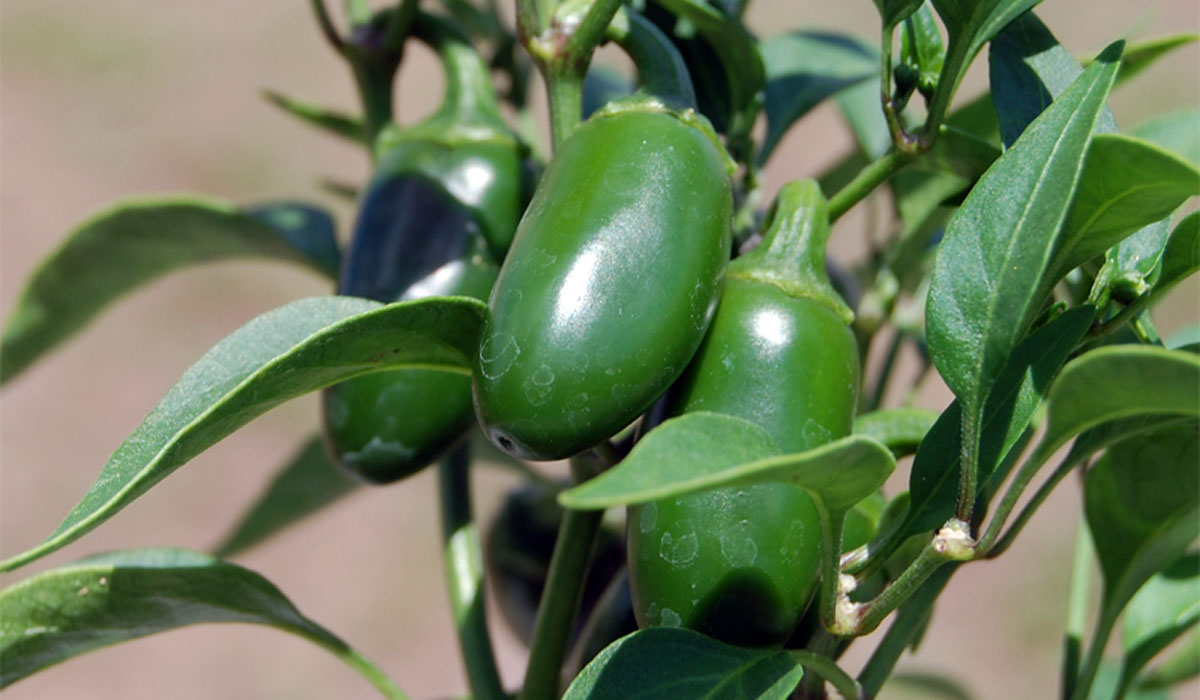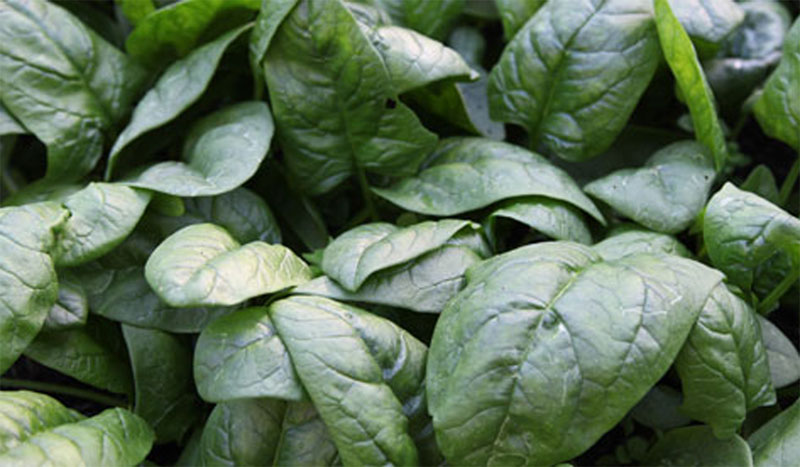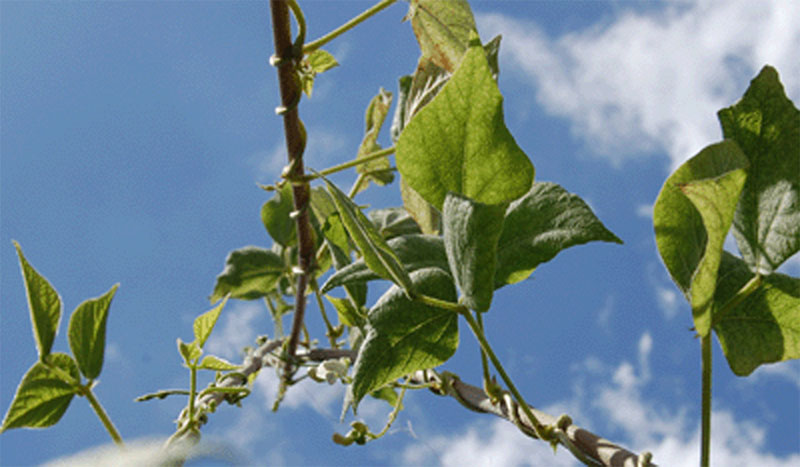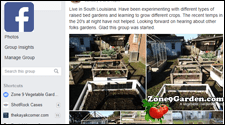This is a quick How to Grow Jalapeno Peppers Guide
Zone 9 gardening offers a wide variety of growing options and one of the most prolific crops can be peppers, they are tolerant of heat, drought and are one of the few plants that will do very well through out the summer. Jalapeno Peppers are the most popular of the hot peppers. It has mild-medium heat (on the Scoville scale, it rates around 2,500-3,000 units while the habanero rate around 300,000) and a spicy, yet pleasant flavor that many have grown to love. Here is how to grow jalapeno peppers in Zone 9. (If you are starting with plants bought from a nursery, skip ahead to “Transplanting Outdoors”)
Starting from Seed
Jalapeno Peppers, like most hot peppers, are slow to start from seed. It can take up to 2 weeks for some seeds to germinate, so it is important to start the seeded indoors during the winter. Most peppers should be started about 6-8 weeks before the final frost date.
In a high quality seed starting mix or seed starting pods, sow the seeds about 1/4″ deep. Make sure to keep the soil/pods moist and warm (80 degrees F is preferable, and there are seed starting warming mats available that will help keep the soil warmed to a perfect temperature), this will help the seeds germinate quicker.
Keeping the soil/pods covered in a seed starting tray with a dome will help maintain the moisture. As soon as the first seedling germinates, remove the dome/cover to allow the plant access to air. The removal of the dome will make the soil/pods dry out quicker so make sure to keep an eye on the moisture levels.
Bed Prep
Pick a bed location that will receive at least 6 full hours of sun a day. Partial shade the rest of the day can be quite helpful during the hottest days of the summer.
Jalapenos are fairly undemanding plants when it comes to soil and nutrients. Most soil types can support a healthy plant with a little bit of work.
Jalapeno plants prefer a soil that drains very well, their roots do not like to be soggy at all. Sandy soil that is amended with high quality compost works best. Clay soil will need to have sand and or other texture amendments added to help aid in drainage.
High quality compost may be the only needed nutrients for a jalapeno plant needs, but if that is not available a high quality 10-10-10 NPK balanced fertilizer used conservatively will work well. If using fertilizer make sure to add to the soil about a week before transplanting the Jalapeno plants to the bed, while only 1 or 2 days is needed if using high quality compost.
Transplanting Outdoors
Once the threat of frost has past it is time to prepare to transplant the seedlings outdoors. By now they should have at least 6-8 leaves on them, and they should be ready for the hardening off process (toughing them up for outdoors).
Here is a proven method of hardening Jalapeno Plants off :
- For 1 week have a fan blow gently on the plants for 2 hours a day indoors
- For 2 hours move the plant outdoors in direct sun for 3 days
- Increase the amount of time they are out doors every 3 days by 2 hours.
- Once the plants are out doors for 6-8 hours they are ready for transplant
In the selected and prepped bed, plant the Jalapeno plants with an 18″ spacing between the plants. Water in the plants as soon as they are transplanted to encourage root growth.
After watering in the plants, add a 2″ layer of mulch to prevent weed growth and to maintain soil moisture. Shredded tree leaves work well for this!
*** Beware not to plant Jalapenos to close to SUPER hot peppers, as they may cross breed causing hotter Jalapenos or milder super hots, keep at least 30′ separation ***
Plant Care
Once the plants are transplanted they will require little maintenance. 1″ of water a week is sufficient (this includes rain) for strong and healthy growth. Once a month add high quality compost to the soil, if compost is not available use 10-10-10 NPK balanced fertilizer conservatively once every other month.
Harvesting
As soon as a Jalapeno Pepper reaches about 2″ they are ready to harvest. Jalapenos can be harvested while still green (most common) or allowed to grow to a fully ripened color (color may vary but most will turn bright red).
Harvesting often will help increase yield. Picking the peppers as soon as they are ready will encourage the plant to produce more peppers.
Jalapeno plants will continue to produce peppers until the weather turns cold.
Winter
As with most pepper plants, Jalapenos do not fair well in cold weather. Any time the temperature drops bellow 40 the plants are in danger of damage or death. Covering the plants can help during short cold spells, but digging them up , putting them in a large container (a 5 gallon bucket works well) and moving them indoors durring the cold spells may work even better. This technique can extend a plants life fore a few years if kept in a sunny place.
Quick Tips
- Want to make your hot peppers hotter, learn how here: How to Make Hot Peppers Hotter
- Many gardeners keep their peppers in large containers year-round.
- If the peppers grown are not hybrid, the seeds can be saved to start new plants next season!





